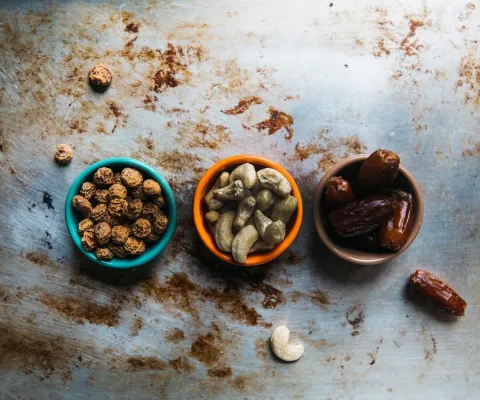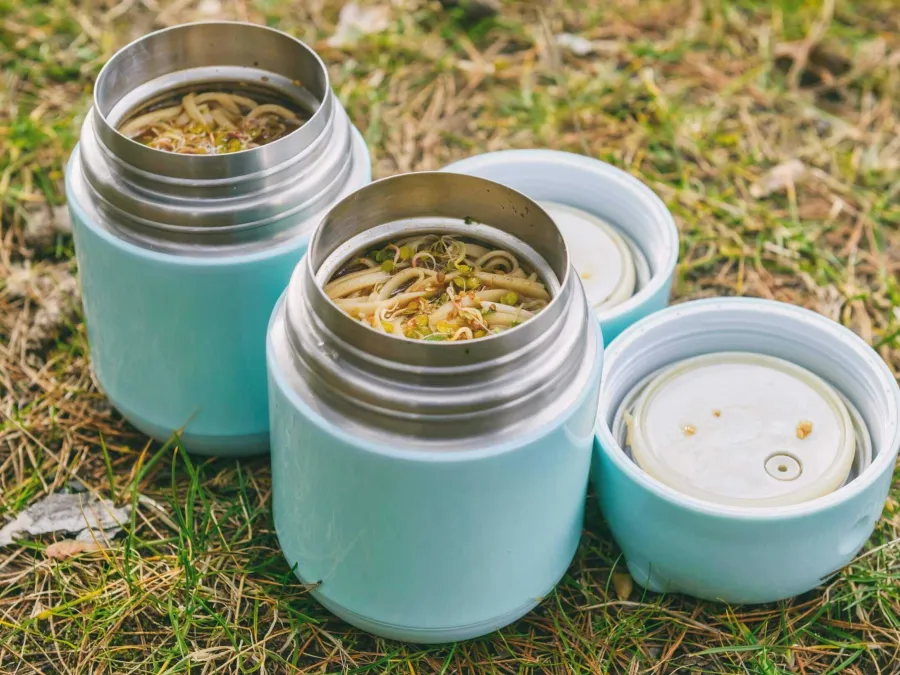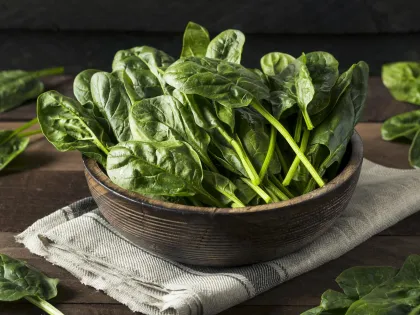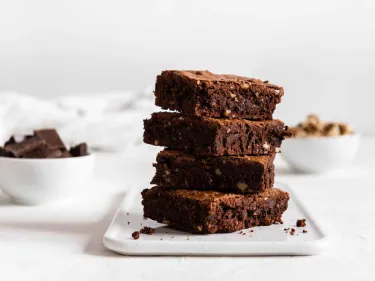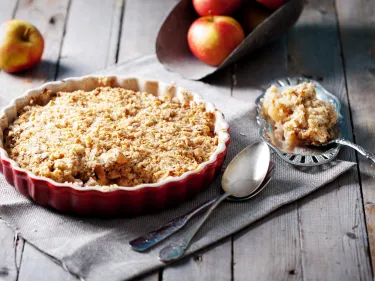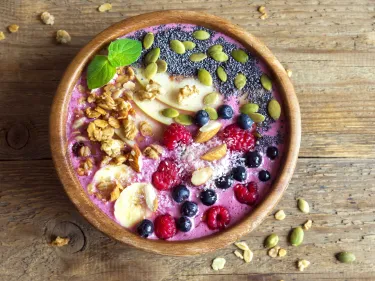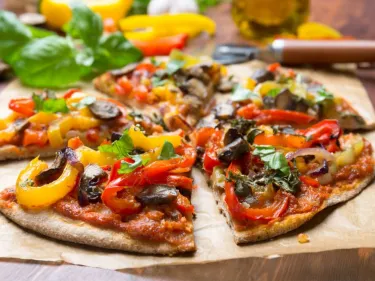Life can be busy and full of competing priorities. When it comes to packing a nourishing lunch for work, study or even staying at home, meal ‘prepping’ can end up in the too hard basket. The downside? Last minute costly (and unhealthy) takeaway or home delivered foods.
If your days are spent on the tools at a worksite, or in a space with minimal facilities (no fridge, no kettle, no microwave), it might seem like your lunch options are limited.
The solution?
Glad you asked! The answer may be tucked away in the back of a cupboard (or lurking unused at Nan’s place). That’s right, the trusty thermos flask!
Why a Flask?
Packing a flask lunch can help you eat better and save some cash.
Cooking extra food the night before to quickly reheat and pop in your flask saves time and means you have a fresh and healthy lunch ready to go.
There is no need for access to a fridge or microwave to reheat food, simply grab your flask and away you go.
It's reusable!
Tips to Packing a Flask Lunch
Purchase a flask that keeps food hot or cold for at least 6 hours. If you pack your flask at 7am, it needs to last 5 hours until noon.
A flask with a wide mouth will make it easier to get a spoon or fork in to and is easier to clean out afterwards compared to a tall narrow flask.
For hot meals - fill the flask with boiling water, pop the lid on and leave it to heat up for a minute or two. Pour the water out and place your hot meal (heated above 75°C) inside.
For cold meals - do the same with ice and water or pop the flask in the freezer for a few minutes.
Pack meals that contain liquid for example, stews, pasta or oats. Dry foods like fried rice or eggs won’t stay hot.
Don’t forget to pack a spoon or fork! (or just leave some in your lunch box).
Flask Friendly Lunch Ideas
Try one of these NMNT recipes next time you are packing a flask lunch:
Hot:
Hot or Cold:
